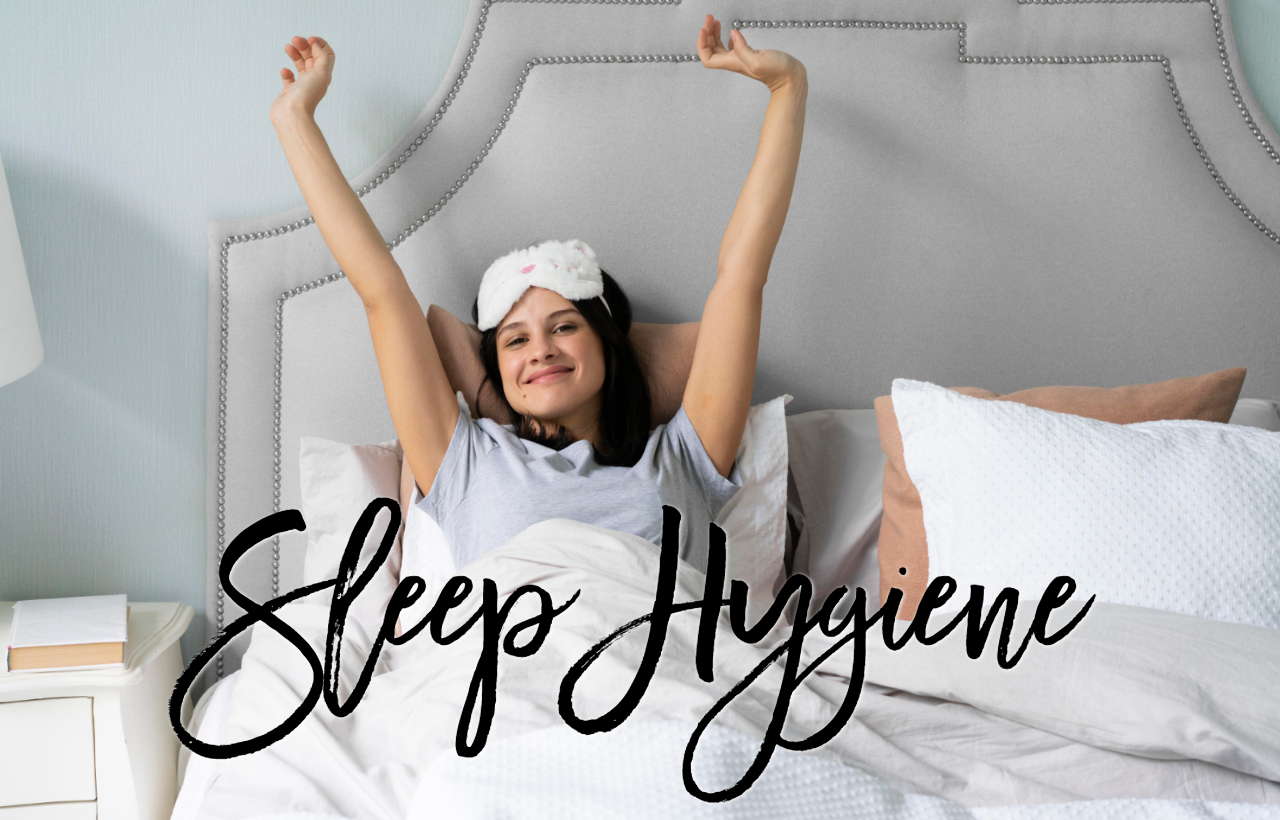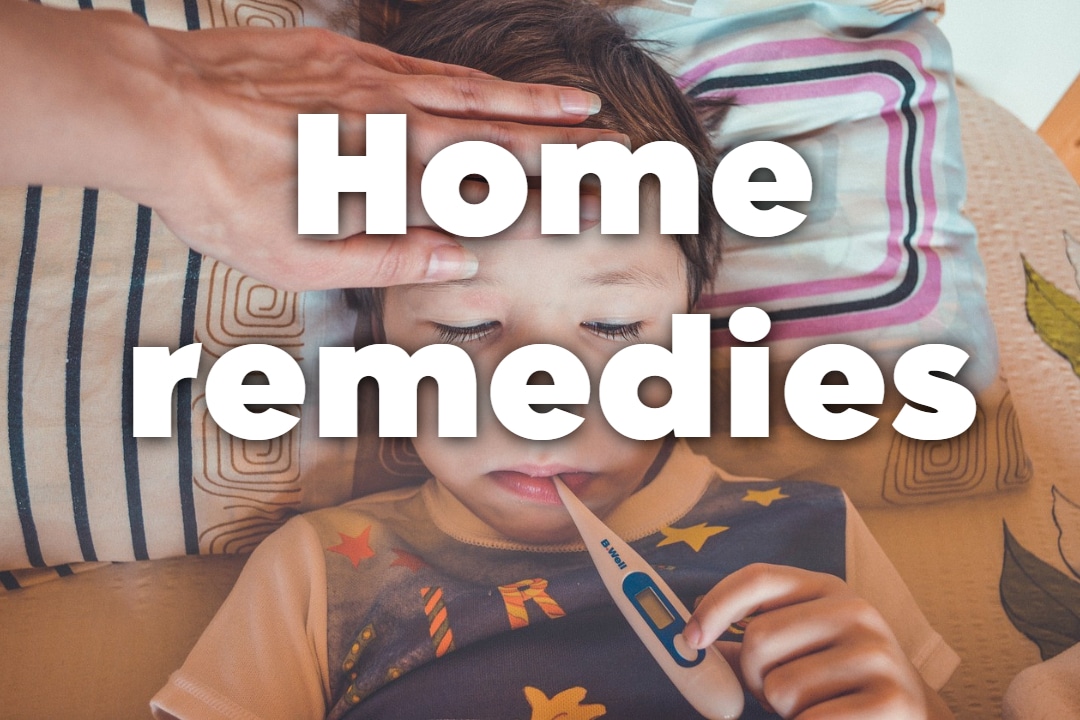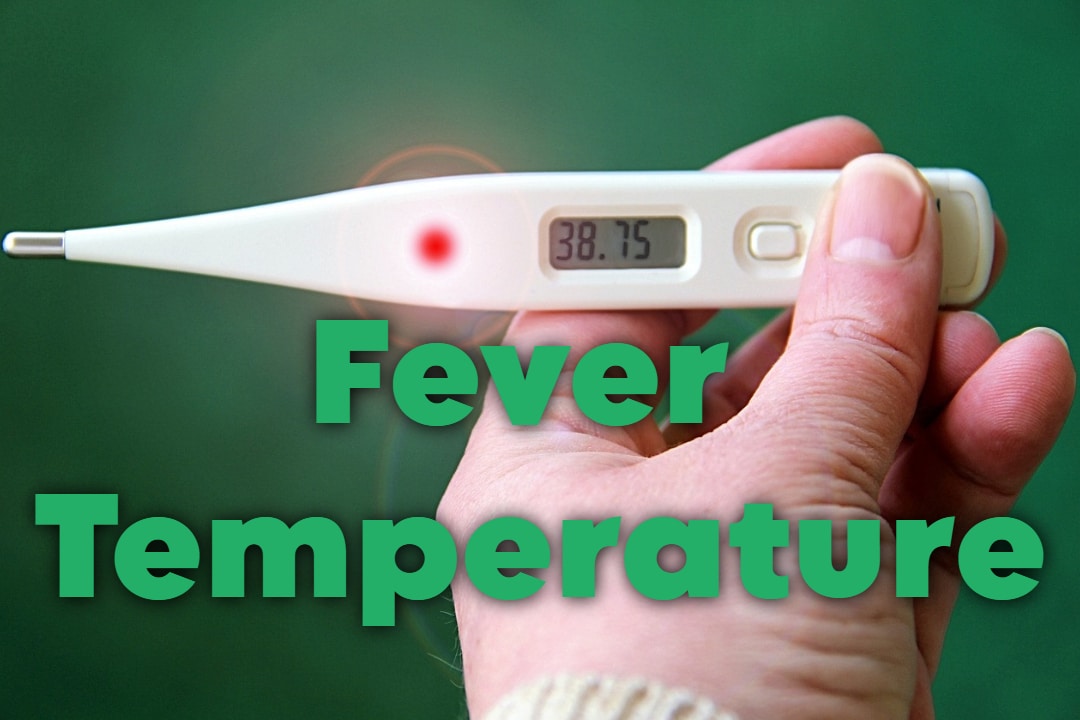Sleep is an essential component of our overall well-being, yet many of us overlook its significance. Sleep hygiene refers to the practices and habits that foster good sleep quality and quantity, ensuring optimal health and productivity. In this blog, we will dive deep into why sleep hygiene is critical, explore its principles, and provide actionable tips to improve it.
What is Sleep Hygiene?
Sleep hygiene encompasses a set of behavioral and environmental practices designed to enhance sleep quality. Maintaining good sleep hygiene is essential for improving both mental and physical health, enhancing daytime performance, and preventing sleep disorders.
Why is Sleep Hygiene Important?
Poor sleep hygiene can lead to a cascade of health and psychological problems, ranging from cognitive impairments to chronic illnesses. Understanding its importance can motivate individuals to adopt better habits.
Symptoms of Poor Sleep Hygiene
Recognizing the signs of poor sleep hygiene can help you address the issue early:
- Difficulty falling asleep or staying asleep.
- Feeling tired or unrefreshed upon waking.
- Daytime sleepiness or fatigue.
- Reduced focus, memory, and cognitive performance.
- Mood swings or irritability.
Effects of Poor Sleep Hygiene
The consequences of neglecting sleep hygiene extend beyond the individual level. Below is a table showcasing some key effects:
| Aspect | Effects |
|---|---|
| Physical Health | Increased risk of heart disease, obesity, diabetes. |
| Mental Health | Higher likelihood of anxiety, depression, and stress. |
| Productivity | Reduced focus, lower efficiency at work or school. |
| Safety | Higher risk of accidents due to drowsiness or inattentiveness. |
What are the ‘5 Principles of Sleep Hygiene’?
These foundational principles help individuals establish a routine for better sleep:
- Consistency: Go to bed and wake up at the same time every day, even on weekends.
- Sleep Environment: Maintain a dark, quiet, and cool room.
- Pre-Sleep Routine: Engage in relaxing activities before bed, such as reading or meditating.
- Avoid Stimulants: Limit caffeine, nicotine, and alcohol, especially in the evening.
- Bed Use: Reserve your bed solely for sleep and intimacy; avoid work or screen time.
Sleep Hygiene Checklist
A checklist can be an effective way to track your habits and identify areas for improvement. Here’s a sample sleep hygiene checklist:
| Task | Done (Yes/No) |
|---|---|
| Maintain a consistent sleep schedule | |
| Limit naps to 20–30 minutes | |
| Avoid screens at least 1 hour before bed | |
| Keep bedroom free of clutter | |
| Exercise regularly (but not close to bedtime) | |
| Avoid heavy meals before sleeping |
Regularly reviewing a sleep hygiene checklist can help identify patterns and areas for improvement.

Sleep Hygiene Tips for Better Rest
Here are actionable sleep hygiene tips to improve your sleep quality:
- Create a Sleep-Inducing Environment
Use blackout curtains, a comfortable mattress, and a noise machine if necessary. - Limit Screen Time
Blue light from phones, tablets, and computers can disrupt melatonin production, affecting your sleep cycle. - Develop a Relaxing Bedtime Routine
Activities such as reading, meditation, or listening to soothing music can prepare your mind for rest. - Stay Physically Active
Regular exercise promotes better sleep, but avoid intense workouts close to bedtime. - Watch Your Diet
Avoid caffeine, nicotine, and heavy meals before sleeping. Opt for a light snack if you’re hungry.
Sleep Hygiene in Psychology
Psychologists emphasize the role of sleep hygiene in managing mental health conditions such as anxiety, depression, and stress. Poor sleep hygiene exacerbates these issues, while improving sleep practices can aid recovery and enhance overall emotional well-being.
Behavioral interventions such as cognitive-behavioral therapy (CBT) often include a focus on improving sleep hygiene. Techniques like relaxation exercises and sleep hygiene worksheet PDFs are commonly used in therapy to help clients establish better habits.
Tools to Improve Sleep Hygiene
Sleep Hygiene PDF Resources
You can find downloadable guides and tools online, such as sleep hygiene PDF documents and worksheets, to help you stay on track with your sleep goals. These resources often provide structured frameworks and reminders for improving sleep practices.
Sleep Hygiene Worksheet PDF
A worksheet allows you to document your sleep schedule, habits, and areas needing attention. It’s an excellent resource for individuals and therapists alike.
FAQs About Sleep Hygiene
1. What are the ‘5 principles of sleep hygiene’?
The five principles include maintaining consistency, creating a sleep-friendly environment, establishing a pre-sleep routine, avoiding stimulants, and reserving the bed for sleep only.
2. What are the symptoms of poor sleep hygiene?
Symptoms include difficulty falling asleep, waking up feeling unrefreshed, daytime fatigue, and mood swings.
3. How can I use a sleep hygiene checklist?
A checklist helps track daily habits like limiting naps, avoiding screens before bed, and maintaining a consistent sleep schedule.
4. What are some sleep hygiene tips for improving sleep quality?
Key tips include creating a dark and quiet bedroom, limiting caffeine and alcohol, exercising regularly, and establishing a relaxing bedtime routine.
5. What is the link between sleep hygiene and psychology?
Sleep hygiene is closely tied to mental health. Poor habits can worsen anxiety and depression, while good practices promote emotional resilience.
By incorporating the principles of sleep hygiene into your daily routine, you can enjoy better sleep, improved health, and enhanced productivity. Don’t hesitate to download a sleep hygiene checklist or explore a sleep hygiene worksheet PDF to make a positive change today.


